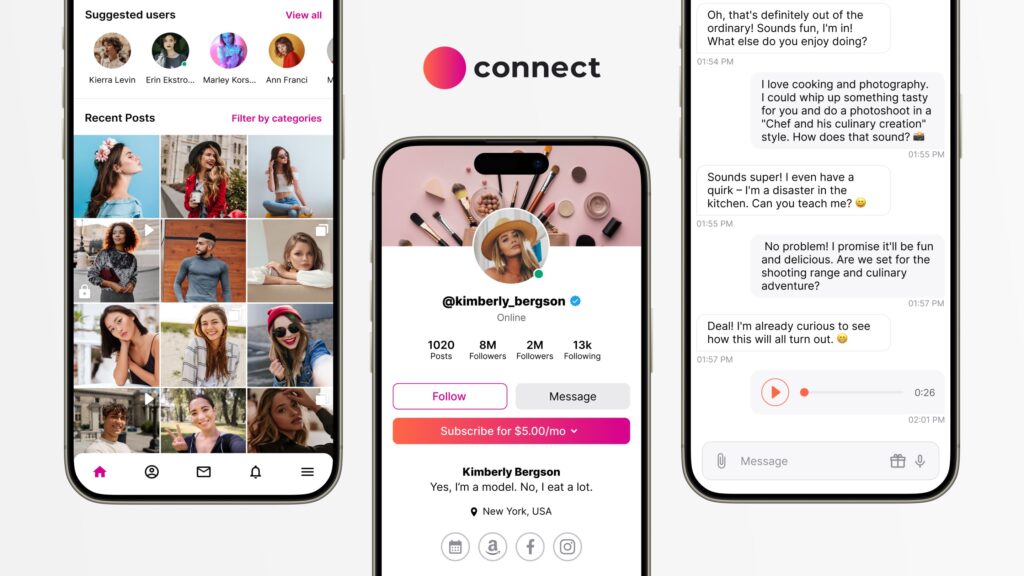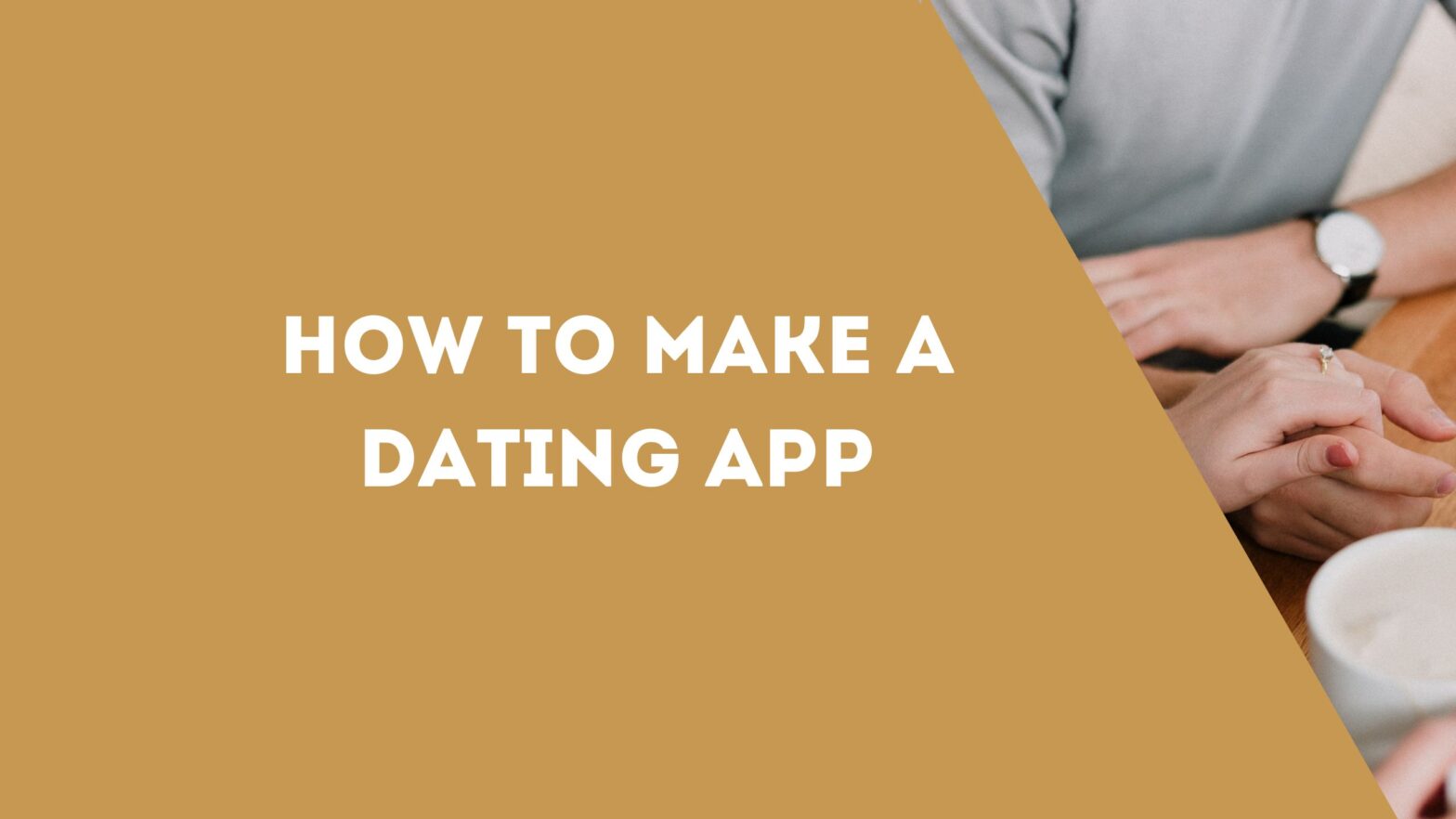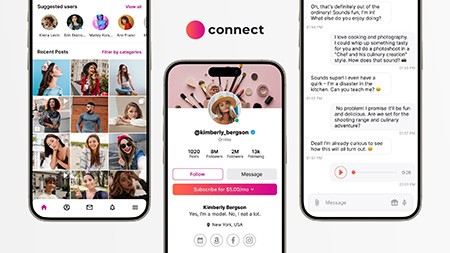Introduction
In today’s digital era, the question “how to create a dating app” is more relevant than ever. With the increasing popularity of online dating, creating an application can be a lucrative venture. Here’s a step-by-step guide to help you navigate this process.
1. Understanding Your Audience
Before diving into app development, it’s crucial to understand your target audience. Who are the people you’re creating this app for? What are their preferences, age group, and dating goals? This knowledge will shape your app’s design and functionality.
2. Analyzing Market Competition
The creation of your own dating platform also involves studying your competitors. Analyze existing dating apps to understand their strengths and weaknesses. This will help you identify what works well and what could be improved in your app.
3. Choosing the Right Development Team

The success of your app largely depends on the development team you choose. Look for a team with experience in mobile development, particularly in the dating domain. They should be able to turn your vision into a functional, user-friendly app.
4. Selecting Essential Features
Your app should have features that appeal to your target audience. Common features include user profiles, matching algorithms, in-app messaging, and geolocation services. However, consider adding unique features that set your app apart from others.
5. Deciding on the Tech Stack
The technology behind your app is as important as its features. Choose a tech stack that ensures reliability and scalability. This includes programming languages, frameworks, databases, and cloud services.
6. Focusing on UI/UX Design
The user interface and experience (UI/UX) are critical for user retention. Your app should be visually appealing and easy to navigate. Work with your design team to create an intuitive and engaging interface.
7. Integrating Scrile Connect

For those wondering “how can I make a dating app” with minimal hassle, Scrile offers a comprehensive solution Scrile Connect. Our full-cycle IT services, including custom software development and UI/UX design, can help you build a robust dating app. We also offer the option to purchase the source code of our ready-made solutions, giving you complete control over your app.
8. Implementing Security Measures
In the dating app world, user security is paramount. Implement features like profile verification, data encryption, and secure payment gateways to protect your users’ information.
9. Planning Monetization Strategies
Consider how your app will generate revenue. Options include in-app purchases, subscription models, and advertising. Choose a strategy that aligns with your business goals and enhances the user experience.
10. Launching and Marketing Your App
Once your app is developed, focus on a strong launch strategy. This includes app store optimization, social media marketing, and partnerships. Post-launch, gather user feedback to make continuous improvements.
Conclusion
Creating a dating app in 2024 requires a blend of strategic planning, technical expertise, and an understanding of the dating market. By following these steps and leveraging the services of Scrile, you can build a successful app that meets the needs of modern users.
Read also
Build a Dating App: Comprehensive Guide
Get a comprehensive guide on building a dating app, covering planning, design, development, and marketing strategies to ensure success.
How to Start a Dating App: Essential Steps
Discover the essential steps to start a dating app, from market research and planning to development, launch, and marketing.
How to Create a Dating Website: Step-by-Step Guide
Learn how to create a dating website with this step-by-step guide, covering everything from choosing a platform to designing and launching your site.
How to Set Up a Speed Dating Business
Explore the process of setting up a speed dating business, including organizing events, marketing, and managing participants for a successful venture.
Dating App Cost: What to Expect
Discover the costs involved in developing a dating app, including development, design, marketing, and ongoing maintenance expenses.

